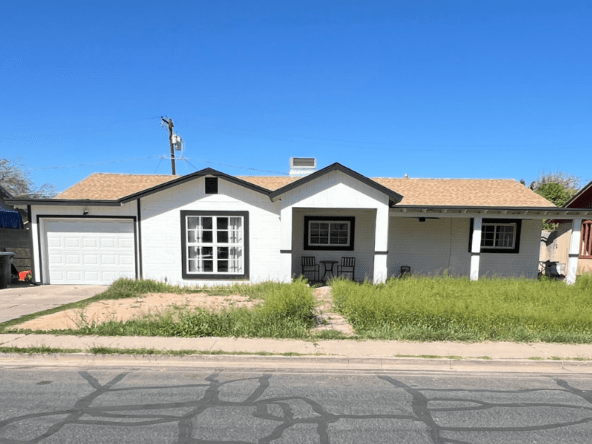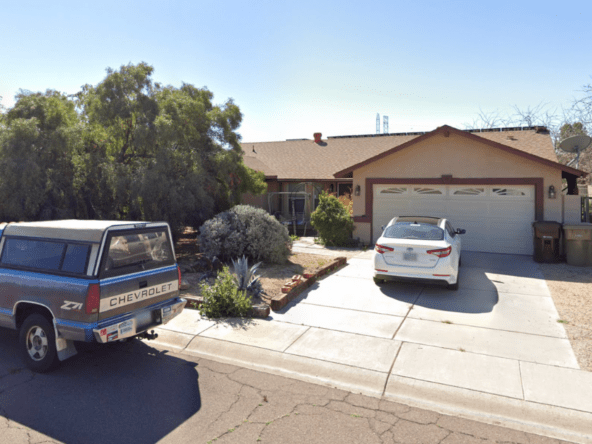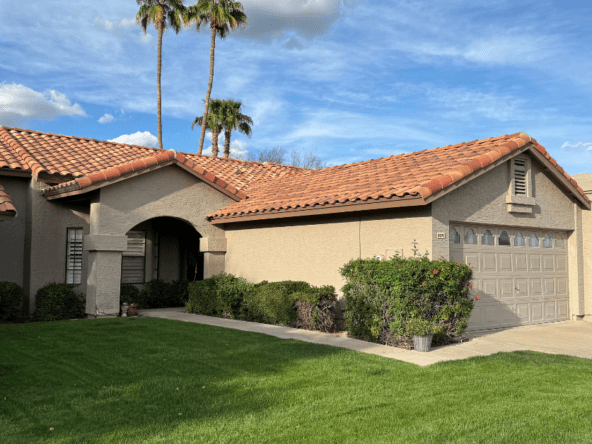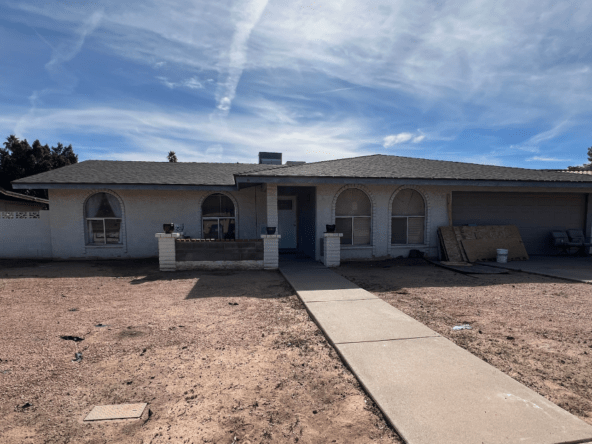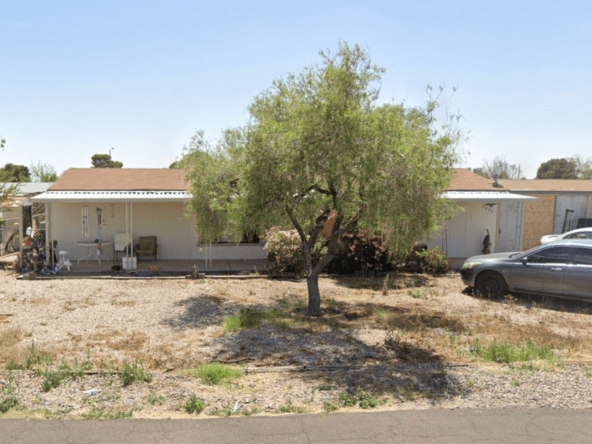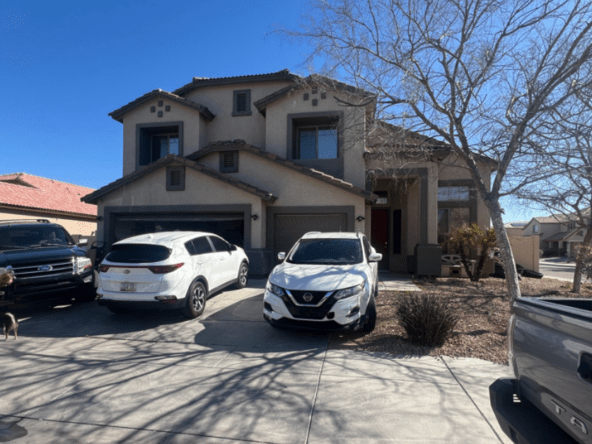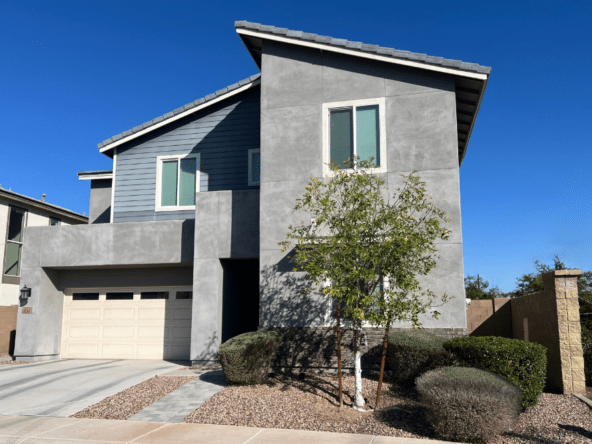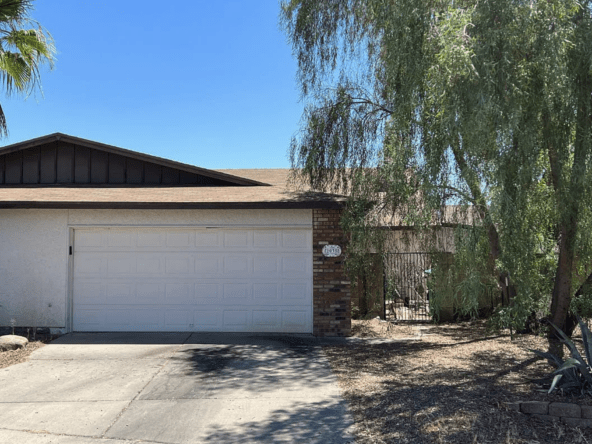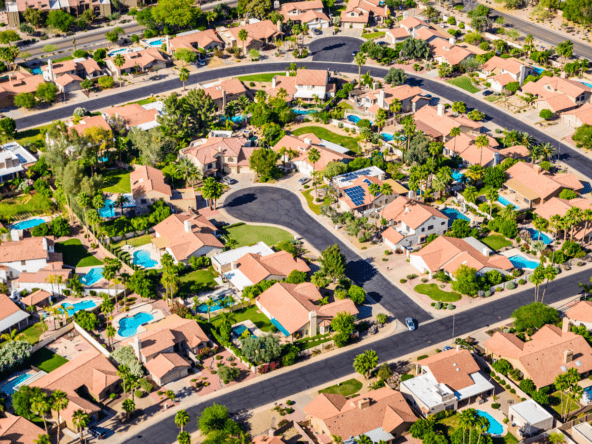Homeownership brings with it a number of benefits. But, many homeowners believe the required down payment is well beyond reach.
If that sounds familiar, you’ve probably been told you need to put 20% down to purchase a home. On a $300,000 home, that’s $60,000. Add costs for closing, inspection, appraisal and other fees and it’s no wonder a lot of people don’t think they will ever own a home.
In reality, the minimum down payment for a house can be much lower than 20%. Keep in mind, however, that the more you put down, the less you will have to finance. A larger down payment can also signal to a seller that you are serious, which is especially important in a competitive market.
In most cases, you will have to put some sort of minimum amount down on your home. But there are a few exceptions. This chart, based on a similar table from Bankrate, summarizes the type of loans as well as the minimum you would need as a down payment to qualify for each loan type.
| Loan type | Minimum down payment |
| FHA loan | 3.5% |
| Conventional loan | 3%-15% depending on lender and loan |
| USDA loan | None required |
| VA loan | None required |
| Jumbo loan | 20% or more depending on lender |
Source: Bankrate
FHA loans are backed by the Federal Housing Administration and are available for as little as 3.5 percent down, but require credit scores of at least 580. Keep in mind, many lenders may have higher requirements for minimum scores. If scores fall between 550 to 579, the lender will need to put down at least 10% rather than 3.5%. Due to the less-stringent requirements, FHA loans are popular with first-time homebuyers.
While conventional loans theoretically can require as little as 3% down, lenders can set their own limits, with few willing to go lower than 5% at minimum for a primary residence. Vacation homes and secondary residences will require an even greater down payment. These loans follow guidelines from Fannie Mae and Freddie Mac.
Two loan categories that require no downpayment are VA loans and USDA loans. VA loans are available only to active-duty military, veterans and eligible surviving spouses. They can be used again and again, as long as the borrower qualifies. USDA loans also don’t require a down payment. However, the property must be in a designated rural area.
Although few first-time homebuyers will be financing with a jumbo loan, it’s worth mentioning that lenders determine the minimum down payment. You can expect a down payment as high as 20 to 30 percent, or even more.
In addition to looking into whether you qualify for loan products that require less than 20%, ask your lender about any special programs you may be able to use. An example would be a program allowing you to fold your down payment into your mortgage loan. Again, keep in mind that the less you put down, the more you will finance, plus interest.
Also, low down payments will often cause the lender to charge you for private mortgage insurance, which will add to your monthly payment. In some cases, you may be able to get this removed once you have reached a certain level of equity in your home based on current appraised value.
Unlisted Homes For Sale
Off market homes you will not find anywhere else. Get access to incredible deals.
Transformative Potential with Outstanding Profit Margins
- Asking $275,000
- Beds: 2
- Baths: 2
- 1457 sqft
- Single Family Home
Seize the golden opportunity for a quick flip in Mesa
- Asking $350,000
- Beds: 4
- Bath: 1
- 1660 sqft
- Single Family Home
A Prime Property Awaiting Your Touch for Maximum Profit
- Asking $345,000
- Beds: 3
- Baths: 2
- 1719 sqft
- Single Family Home
Profit in Scottsdale’s Prestigious Eagle Point
- Asking $450,000
- Beds: 2
- Baths: 2
- 1141 sqft
- Townhouse
Profitable Flip or Rental Opportunity Awaits in Mesa
- Asking $360,000
- Beds: 3
- Baths: 2
- 1604 sqft
- Single Family Home
Low-Effort High-Return Investment in Peoria
- Asking $199,000
- Beds: 3
- Baths: 2
- 1496 sqft
- Mobile Home
Your Next High-Profit Opportunity Awaits in Laveen
- Asking $380,000
- Beds: 5
- Baths: 3
- 2616 sqft
- Single Family Home
Exceptional Chandler Home Priced to Sell Fast! Unbeatable Offer Awaits
- Asking $765,000
- Beds: 5
- Baths: 3.5
- 3168 sqft
- Single Family Home
Unlock Exceptional Investment Returns in Dobson Ranch
- Asking $305,000
- Beds: 3
- Baths: 2
- 1221 sqft
- Townhouse




